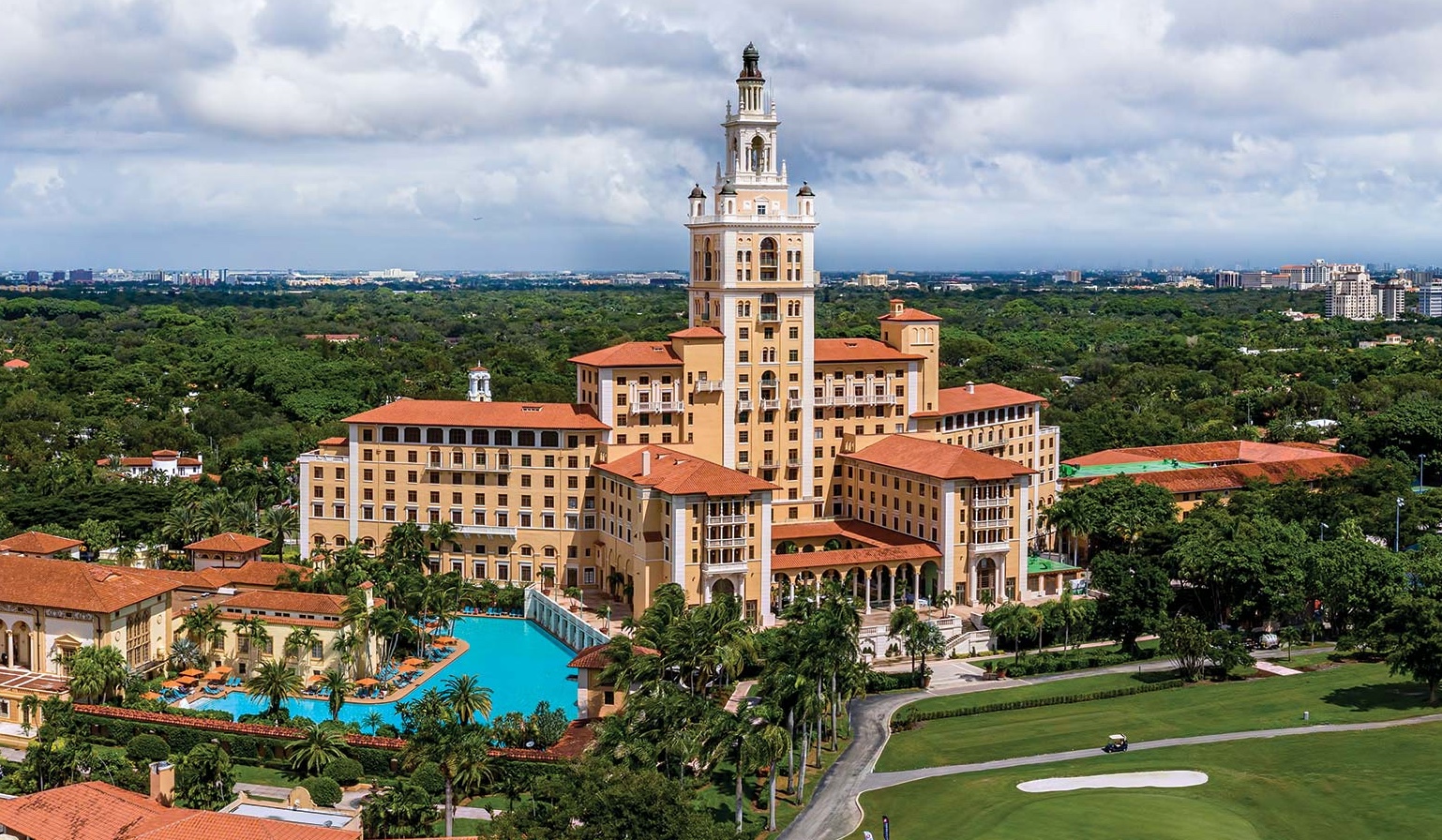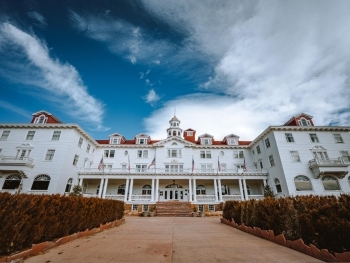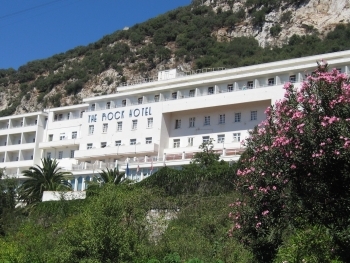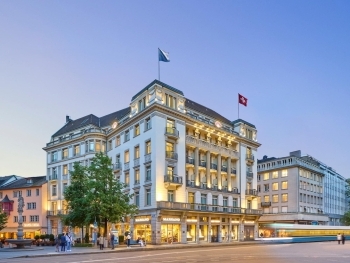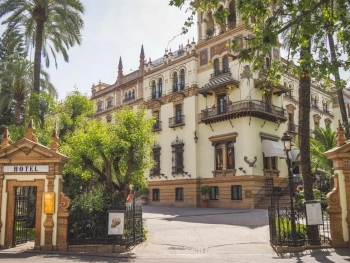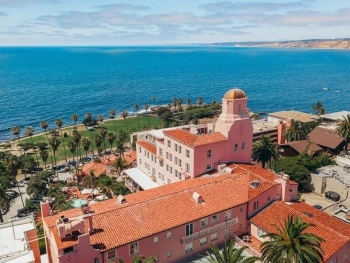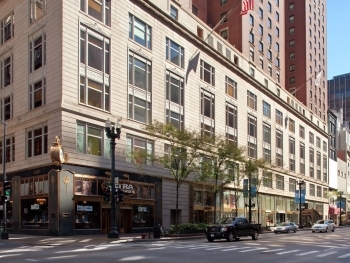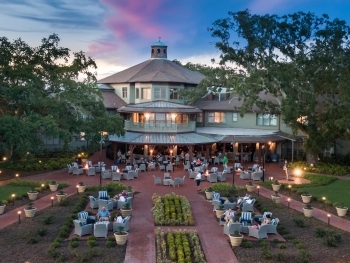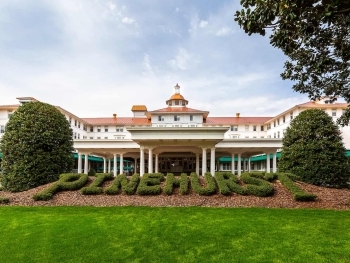Nestled in the lush, affluent suburb of Coral Gables, Florida, the Biltmore Hotel stands as a testament to the opulence and grandeur of the Roaring Twenties. With its distinctive Mediterranean Revival architecture, rich history, and reputation for luxury, the Biltmore Hotel is not only a premier destination for travelers but also a cherished landmark with deep cultural and historical significance.
Historical Background
The Biltmore Hotel was conceived during a period of economic prosperity and social exuberance in the United States known as the Roaring Twenties. This era was marked by a surge in the construction of grand hotels, designed to cater to the wealthy elite seeking luxurious accommodations and leisure activities.
Construction and Opening
The Biltmore Hotel was the brainchild of John McEntee Bowman, a prominent hotel magnate, and George Merrick, the visionary founder of Coral Gables. Their goal was to create a lavish resort that would attract the affluent and famous from all over the world. The project began in 1925, with architect Leonard Schultze and designer Philippe Starck tasked with bringing this vision to life. The hotel officially opened its doors on January 15, 1926, and it quickly became a symbol of luxury and sophistication.
Early Years and Notable Guests
From its inception, the Biltmore Hotel attracted a glittering array of guests, including royalty, movie stars, and political leaders. The Duke and Duchess of Windsor, Ginger Rogers, Judy Garland, and President Franklin D. Roosevelt were among the notable personalities who graced its halls. The hotel's appeal was further enhanced by its opulent amenities, including the largest pool in the world at the time, golf courses, tennis courts, and exquisite dining facilities.
Architectural Significance
The Biltmore Hotel is a masterpiece of Mediterranean Revival architecture, a style that was particularly popular in Florida during the 1920s. This architectural style is characterized by its use of stucco walls, red tile roofs, arches, and expansive courtyards, all of which are evident in the Biltmore's design.
Exterior and Grounds
The hotel's exterior is a striking blend of Mediterranean and Spanish influences, with its towering Giralda-inspired bell tower serving as a focal point. The lush, manicured gardens and picturesque courtyards that surround the hotel add to its allure, creating an oasis of tranquility amidst the urban landscape of Coral Gables.
Interior Design
Inside, the Biltmore Hotel exudes elegance and grandeur. The lobby features high, beamed ceilings, elaborate chandeliers, and hand-painted frescos, while the rooms and suites are adorned with antique furnishings, luxurious fabrics, and modern amenities. The hotel's public spaces, including the ballrooms and dining rooms, are equally impressive, with ornate detailing and a timeless aesthetic that harks back to its glamorous past.
Cultural and Social Impact
The Biltmore Hotel has played a significant role in the cultural and social life of Miami and Coral Gables. During its early years, it was a hub of social activity, hosting lavish parties, gala dinners, and high-profile events. The hotel's pool, the largest in the world when it opened, became a popular venue for fashion shows, synchronized swimming performances, and even political rallies.
World War II and Post-War Era
During World War II, the U.S. government requisitioned the Biltmore Hotel for use as a military hospital. This period marked a significant departure from its glamorous beginnings, as the hotel was transformed into a center for medical treatment and recovery for wounded soldiers. After the war, the building continued to serve various government functions, including as a veterans' hospital, until it was returned to private ownership in 1968.
Restoration and Modern Era
The late 20th century saw a renewed interest in preserving historic landmarks, and the Biltmore Hotel was no exception. Extensive renovations were undertaken to restore the hotel to its former glory, with a focus on preserving its architectural integrity and historical significance. In 1987, the hotel was designated a National Historic Landmark, cementing its status as an iconic piece of American history.
Today, the Biltmore Hotel continues to attract guests from around the world, offering a blend of historic charm and modern luxury. Its amenities have been updated to meet contemporary standards, including a state-of-the-art spa, fine dining restaurants, and a championship golf course. Despite these modernizations, the hotel retains its timeless appeal, providing visitors with a unique glimpse into the glamour and elegance of a bygone era.
The Biltmore Hotel Miami Coral Gables stands as a beacon of history, luxury, and architectural splendor. Its storied past, distinguished guests, and commitment to preservation make it a beloved landmark and a testament to the enduring allure of the Roaring Twenties. Whether you're a history enthusiast, an architecture aficionado, or simply a traveler seeking a luxurious retreat, the Biltmore Hotel offers an unparalleled experience that transcends time and continues to captivate all who pass through its grand doors.
